PROTECT YOUR DNA WITH QUANTUM TECHNOLOGY
Orgo-Life the new way to the future Advertising by AdpathwayNational Shrine Grotto of Our Lady of Lourdes, Emmitsburg, MD. Photo by Author.
From the website: ”The National Shrine Grotto of Our Lady of Lourdes is a place of prayer devoted to the Blessed Mother Mary. This beautiful mountainside shrine features the oldest U.S. replica of the Lourdes shrine in France, built just 17 years after the apparition of Our Lady to St. Bernadette in 1858. Each year, the National Shrine Grotto welcomes hundreds of thousands of pilgrims from all over the world. It is a place of worship, pilgrimage, evangelization, and reconciliation.” Click here: National Shrine Grotto.
There was a time when the U.S. was a place of strong religious faith. Unfortunately, those days have seen a long decline. Yet faith is still present if we choose to look for it.
Several of the thirteen colonies that joined to form the new nation in 1776 had a predominantly Christian orientation at their founding.
The first was Massachusetts, location of the Great Puritan Migration. The Pilgrims arrived at Plymouth Rock in 1620. The Massachusetts Bay Colony was founded in 1628, with over 20,000 settlers arriving from England during the 1630s, including my own first English ancestor, Thomas Bliss, who arrived at Weymouth near Braintree in 1638. The colonies of New Hampshire, Rhode Island, and Connecticut all had strong Puritan roots, with its influence felt as well in New York and New Jersey. Rhode Island stood out for offering religious tolerance.
Another Christian-oriented colony was Pennsylvania, whose proprietor, William Penn (1644-1718), had been jailed several times for his Quaker beliefs. In 1681, King Charles II granted the large area west and south of New Jersey to Penn in repayment of a large debt the king owed Penn’s father. Penn’s Frame of Government gave complete religious freedom to anyone who believed in God, along with fair trials and elected representatives to a colonial assembly. The Quakers predominated in the colony’s early governance.
Falling chronologically between Massachusetts and Pennsylvania came Maryland, whose Catholic proprietor, Lord Baltimore, George Calvert (1580-1632), received a grant for a colony on both sides of the Chesapeake Bay. The name of the colony was “Terra Maria,” or Maryland. It was named after Queen Henrietta Maria, the wife of King Charles I. She was French-born and a devout Catholic. The fact that her name was the same as Mary, Mother of God, was seen by some Catholics as placing the colony under special divine protection.
George Calvert died before Maryland could be settled, with the proprietorship passing to his son Cecil. Cecil Calvert’s younger brother Leonard led the first voyage of settlement in the ships Ark and Dove in 1634.
Meanwhile, in the Southern English colonies extending from Virginia through the Carolinas to Georgia, the Church of England was the established religion. After the turmoil of the English Civil War in the mid-1600s, the Anglican church again became dominant. Taxes were levied to support Anglican churches and clergy, with other forms of Christian worship made illegal. In Virginia, Catholic priests were prohibited from entering the colony, and Catholics could not vote, hold political office, or serve as witnesses in court.
By the time of the American Revolution, most of the signers of the Declaration of Independence professed a belief in what they called “Providence” in calling forth and giving sanction to the new nation. A majority of the signers were church members, including one Catholic, Charles Carroll of Maryland. Virtually all were proponents of public and private morality in forming an essential foundation of self-government.
There were those who argue today that the form of government defined by the Declaration of Independence and Constitution are the closest humanity has come to establishing a form of government consonant with the teachings of Jesus Chris as found, for example, in the beatitudes.
By the time the Constitution was enacted with freedom of religion enshrined in Article One of the Bill of Rights, the door lay open for religious diversity and the separation of church and state in perpetuity. This obviously risked the potential for removal of any religious restraint on governmental or personal ethics and posed the question of whether a nation without religion was fit for democratic institutions.
This may be related to the observation by some that the U.S. has become so divergent from its founding principles and so obsessed with money and conquest that it has become a menace to itself and the world.
Though Catholics were a minority among Maryland’s first settlers, the colonial charter provided for freedom of religion, and upon landing on what was then named St. Clement’s Island, the settlers were led in the Catholic Mass by Fr. Andrew White, one of three Jesuits aboard ship. Fifteen years later, in 1649, the recently-created General Assembly of Maryland passed “An Act Concerning Religion,” also called the Toleration Act.
As drafted by the colony’s Proprietor, Cecil Calvert, the Toleration Act read:
“Whereas the enforcing of the conscience in matters of religion hath frequently fallen out to be of dangerous consequence in those commonwealths where it hath been practiced, and for the more quiet and peaceable government of the province and the better to preserve mutual love and amity amongst the inhabitants thereof: Be it therefore enacted that no person or persons whatsoever…professing to believe in Jesus Christ, shall henceforth be in any way troubled, molested, on discountenanced for or in respect of his or her religion or in the free exercise thereof within this province nor in anything compelled to the belief of exercise of any other religion against his or her consent.” (Frances Prato Alvarez, First and Forever: The Archdiocese of Baltimore—A People’s History, p.14)
During the mid-17th century, Maryland became a battleground among religious factions, which reflected religious strife both in England and across Europe. During the English Civil War, Puritans in Virginia were exiled to Maryland, where they turned against the Catholics who took them in, seizing control of the Maryland government. An appeal to Oliver Cromwell resulted in thirty more years of religious freedom until the Glorious Revolution of 1688, when the Catholic King James II was deposed.
Catholics in Maryland were then removed from office, and Maryland ceased to be a proprietary colony. Instead, it became a royal colony with the Church of England the established church and Catholicism outlawed. “Anti-Popery” laws were passed in 1704 which closed all Catholic Churches and schools. By now a small minority of Maryland residents, Catholics also lost the right to vote. Nevertheless, according to Rev. Michael Roach, a modern-day instructor at Mount St. Mary’s Seminary in Emmitsburg, MD:
“Mass [during the 18th century] was celebrated quietly, discreetly, often in the back woods, but it continued and was not suppressed. All of the [anti-Catholic] legislation was often winked at, and though they had to stay out of the mainstream for some time, their dream survived and endured.” (Ibid, p.15)
Thus matters stood until the American Revolution. By then, leadership among Maryland Catholics had been assumed by a Jesuit priest, Fr. John Carroll, born in Upper Marlboro, MD, in 1735. He was the cousin of Charles Carroll, future signer of the Declaration of Independence. The two boys studied at a Jesuit school which operated on a large farm in the Old Bohemia area of Maryland near the Delaware border. Later they traveled to Europe to complete their Jesuit education at St. Omer in Flanders.
Fr. Carroll returned to America as a missionary in 1773 and quickly rose to prominence. According to Fr. Michael Roach, Fr. Carroll “was a nationally recognized religious leader who served on a revolutionary committee with Benjamin Franklin.” (Ibid, p. 19) In 1776 he accompanied Franklin on an unsuccessful mission to Quebec to persuade French-Catholic Canada to support the American Revolution against Britain.
In 1784, just after the Treaty of Paris that ended the Revolutionary War, Pope Pius VI appointed Fr. John Carroll as a Prefect-Apostolic and “Superior of the Mission of the Thirteen United States.” In 1789 Fr. Carroll was named bishop of the Diocese of Baltimore which then encompassed the entire nation. When the area of the Louisiana Purchase was added to the U.S. in 1804, Carroll had jurisdiction over an expanse of 800,000 square miles, from which Catholicism in America evolved as the population of Catholics in the U.S. grew from 25,000 in 1789 to 160,000 in 1820. Later, immigration from Catholic countries such as Ireland, Italy, Poland, Austria-Hungary, and other places in Europe brought millions of Catholics and their families to the New World. Baltimore itself remained a center of Catholic culture, education, and civic life until today, though not without major challenges.
The Maryland Blue Ridge Mountains form a natural barrier between the Piedmont region—the foothills—around the city of Frederick—45 miles west of Baltimore—and the Great Valley that divides the Appalachian Range as it runs north to south from Canada to Alabama. The first Europeans crossed the Maryland Blue Ridge around 1700, though an expedition led by German physician John Lederer had crossed the Blue Ridge further south in Virginia in 1669-1670.
The earliest Catholic settlements on the eastern slopes of the Blue Ridge in the Monocacy River Valley where Frederick is situated arrived from southern Maryland between 1728 and 1740. William Elder moved from St. Mary’s County, location of the original Maryland settlement, around 1734. Elder gave the name “St. Mary’s Mount” to a local mountain, which later became the site of Mount St. Mary’s University.
With Catholicism having been banned, Elder set aside a room in his log house for religious services. This home chapel was called “Elder Station” and was visited by priests from Conewago Chapel, about 22 miles to the north in Pennsylvania, who traveled the area on horseback. Another family from St. Mary’s County, the Livers, had originally come to America from Flanders (Belgium) and later intermarried with the Elders.
The religious freedom wrought by national independence had profound effects in liberating the multitude of religious sects that had come to America for a new way of life. This now included the Catholics of western Maryland who had settled around what was becoming the town of Emmitsburg, situated about three miles south of the Pennsylvania border at the Mason-Dixon Line and about five miles west of the Monocacy River that flows south across Maryland to the Potomac.
The key figure in establishing the now world-renowned Catholic institutions around Emmitsburg—Mount St. Mary’s University and Seminary; the schools, churches, and religious order associated with St. Elizabeth Ann Seton; and the National Shrine Grotto of Our Lady of Lourdes—was Fr. John DuBois (1764-1842), a refugee from the French Revolution.
Ordained in Paris at the age of 23 and having become the chaplain to a mental hospital, Fr. DuBois was one of many priests to flee France before the Reign of Terror set in during the French Revolution. In 1791 he arrived in Richmond, Virginia, with a letter of introduction from the Marquis de Lafayette, hero of the American Revolution. Through his contacts with James Monroe, Patrick Henry, and other leading Virginians, Fr. DuBois was able to rent a house in Richmond and open a school for the teaching of French, the classics, and arithmetic.
As a Catholic priest, Fr. DuBois fell under the jurisdiction of Fr. John Carroll when in 1789 Carroll became bishop of the only American diocese. Recognizing Fr. DuBois’s gifts, Carroll send him to Frederick, MD, where he consecrated the cornerstone of St. John the Evangelist Church. As church pastor, he also made excursions to the Shenandoah Valley of Virginia and frontier regions westward to the Mississippi. The Jesuits had previously managed the missions in those areas until Pope Clement XIV suppressed the Jesuit Order in 1773.
Now working from Frederick, Fr. Dubois founded Mount St. Mary’s College in Emmitsburg, along with the Mount St. Mary’s Seminary, today the largest Catholic seminary in the U.S. Fr. DuBois became the university’s first president and in 1809 joined the Sulpician Order. Named after the Church of Saint-Sulpice in Paris, the Order emphasizes education for the priesthood. Later Fr. DuBois served as Bishop of New York.
In 1809, Fr. Dubois worked closely with now-Bishop John Carroll in bringing Elizabeth Ann Seton to Emmitsburg. A convert to Catholicism after the death of her husband on a trip to Italy had left her a widow with five children under the age of eight, she became a Catholic at St. Peter’s Church in Manhattan and was confirmed on Pentecost Sunday by Bishop Carroll whom she considered her spiritual father. After she had moved to Baltimore to prepare for a teaching mission, a wealthy Catholic seminarian and convert named Samuel Sutherland Cooper bought 269 acres near Emmitsburg for her mission.
Seton established the first religious institute of teaching sisters in the U.S., the Sisters of Charity of St. Joseph. Living at first in a small log cabin on the grounds of St. Mary’s University that is still standing, Seton and her women established Saint Joseph’s Academy and Free School in Emmitsburg. She died in 1821 at age 46 and was canonized a saint in 1975.
In order for a person to be declared a saint by the Catholic Church, a lengthy process of investigation and review is conducted. A basic requirement is the performance of three bona fide miracles realized through the demonstrated intervention of the individual considered for sainthood. Because the intervention takes place after the saint’s demise, it is, by definition, supernatural.
Following is an account of a miracle confirmed by the Catholic Church attributable to Elizabeth Ann Seton. It is the account of a healing of a four-year-old girl who had been stricken with terminal leukemia. Today that girl is 77 -years-old and lives in Delaware. See: ‘Miracle girl’ Ann O’Neill living in Diocese of Wilmington has devotion to St. Elizabeth Ann Seton and the sainthood she helped achieve.
Today, the National Shrine of St. Elizabeth Ann Seton stands within walking distance of downtown Emmitsburg. It comprises two early school buildings and residences—the Stone House and the White House—along with a seminary, a church recognized by papal authority as a basilica, a museum, the Mortuary Chapel where Mother Seton’s remains were first entombed, and a visitors center. The shrine is under the jurisdiction of the Archdiocese of Baltimore and is a pilgrimage destination for people worldwide.
Chapel at National Shrine Grotto of Our Lady of Lourdes, Emmitsburg, MD. Photo by Author
It was Fr. DuBois who discovered the grotto on the hillside at the location of the future Shrine. From the Shrine website: “Rev. John DuBois loved St. Mary’s Mountain. He found, high on this mountain, amid the wild flowers, a stream that divided and flowed around a great oak where a recessed grotto had formed under the trunk. Here he erected a rude cross, a symbol of the holy work he was undertaking. This was the original Grotto. He built the church of St. Mary’s Chapel on the Hill in 1806 on the site of the present Pangborn Memorial Campanile.”
Almost seven decades later, in 1875, creation of today’s cave-like reproduction of the Lourdes Grotto in France was directed by Mount St. Mary’s University President Fr. John A. Watterson and constructed by Mount St. Mary’s seminarians. The purpose of the project was to commemorate the apparitions of Mary which had been given to a young girl named Bernadette Soubirous seventeen years earlier, in 1858, near the village of Lourdes in the Pyrenees Mountains of France.
The visions of Mary imparted to Bernadette are the most famous apparitions of the Blessed Mother in modern times. Since then, millions of people from around the world have made pilgrimage to Lourdes for blessings and healing. Such “Marian apparitions” had begun early in the Christian era, but those of recent centuries have been especially powerful in delivering spiritual energy and prophecy.
A good resource for the apparitions at Lourdes and elsewhere is the book Meetings with Mary: Visions of the Blessed Mother by Janice T. Connell. Surpassing even Lourdes in recognition and import were the visions of the three children at Fatima in Portugal in 1917. The apparitions of Mary at Fatima were the subject of a recent Three Sages article by Mark H. Gaffney: The Third Secret of Fatima and the Future of Christianity - Part One.
Many of the Marian apparitions contained admonitions to the faithful to attend church, partake of the sacraments, fast, and be faithful in prayer. Others had an apocalyptic message intended for a much larger audience. An example was a brochure published in 1879 in France containing messages received from Mary by fourteen-year-old Melanie Mathieu and eleven-year-old Maximin Giraud near their home in La Salette, France in 1846. Following are excerpts:
“In the year 1864, Lucifer together with a large number of demons will be unloosed from hell; they will put an end to faith little by little, even in those dedicated to God. They will blind them in such a way, that, unless they are blessed with a special grace, these people will take on the spirit of the angels of hell; several religious institutions will lose all faith and will lose many souls.
“Evil books will be abundant on earth and the spirits of darkness will spread everywhere, a universal slackening in all that concerns the service of God….
“The Vicar of my Son will suffer a great deal, because for a while the Church will yield to a large persecution, a time of darkness, and the Church will witness a frightful crisis. The true faith of the Lord having been forgotten, each individual will want to be on his own and be superior to people of the same identity. They will abolish civil rights as well as ecclesiastical, all order and justice will be trampled underfoot, and only homicides, hate, jealousy, lies, and dissension will be seen without love for country or family.
“All the civil governments will have one and the same plan, which will be to abolish and do away with every religious principle….People will believe that all is lost. Nothing will be seen but murder; nothing will be heard but the clash of arms and blasphemy.
“The righteous will suffer greatly. Their prayers, their penances, and their tears will rise up to heaven, and all of God’s people will beg for forgiveness and mercy and will plead for my help and intercession. And then Jesus Christ, in an act of His justice and His great mercy, will command his angels to have all His enemies put to death. Suddenly, the persecutors of the Church of Jesus Christ and all those given over to sin will perish and the earth will become desert-like. And then peace will be made, and man will be reconciled with God. Jesus Christ will be served, worshipped, and glorified. Charity will flourish everywhere. The Gospel will be preached everywhere, and mankind will make great progress in its faith, for there will be unity among the workers of Jesus Christ and man will live in fear of God.” (“Meetings with Mary: Visions of the Blessed Mother” by Janice T. Connell, p.75-76)
Returning to the National Shrine Grotto of Our Lady of Lourdes in Emmitsburg, MD, a visitor finds on entering the gates not only the Chapel on a rise after following a winding path with Stations of the Cross and shrines to various saints, but the Grotto itself with an altar and votive candles for special dedications and prayers. Coming back up the hill there is a large fountain where Holy Water may be collected. At the entrance to the shrine is a visitor center and gift shop, an unobtrusive glassed-in chapel where daily Mass is offered, and also a lofty Campanile with a twenty-five foot statue of the Divine Mother covered in gold leaf.
The Campanile and statue were built and installed through a gift of a devout Catholic businessman from Hagerstown MD named Thomas W. Pangborn (1880-1967). Here is a short bio of Thomas W. Pangborn.
Pangborn Campanile with Statue of Mary, National Shrine Grotto website.
A visit to the National Shrine Grotto of Our Lady of Lourdes is an opportunity to reflect on the meaning of the Marian apparitions for our time as well as to pray for deeper insight and experience with respect to one’s own faith and spiritual practice.
No sensitive person can view events going on in the world today without seeing the collapse in faith, morality, honesty, peace, and goodwill that has taken place over the past several generations. This collapse has particularly afflicted the United States and other Western nations. It’s not my purpose in this essay to repeat the dissection of the crisis that I have tried to provide readers elsewhere in my writings as much as it is to emphasize the spiritual nature of what humanity is now facing and to offer my own prayers for salvation.
Perhaps help and understanding might also be sought in the series of writings we have been publishing on Three Sages from the work of German spiritual master Bô Yin Râ (Joseph Anton Schneiderfranken, 1876-1943). See especially our most recent offering, The Light of the Spirit in Christianity.


 2 days ago
5
2 days ago
5
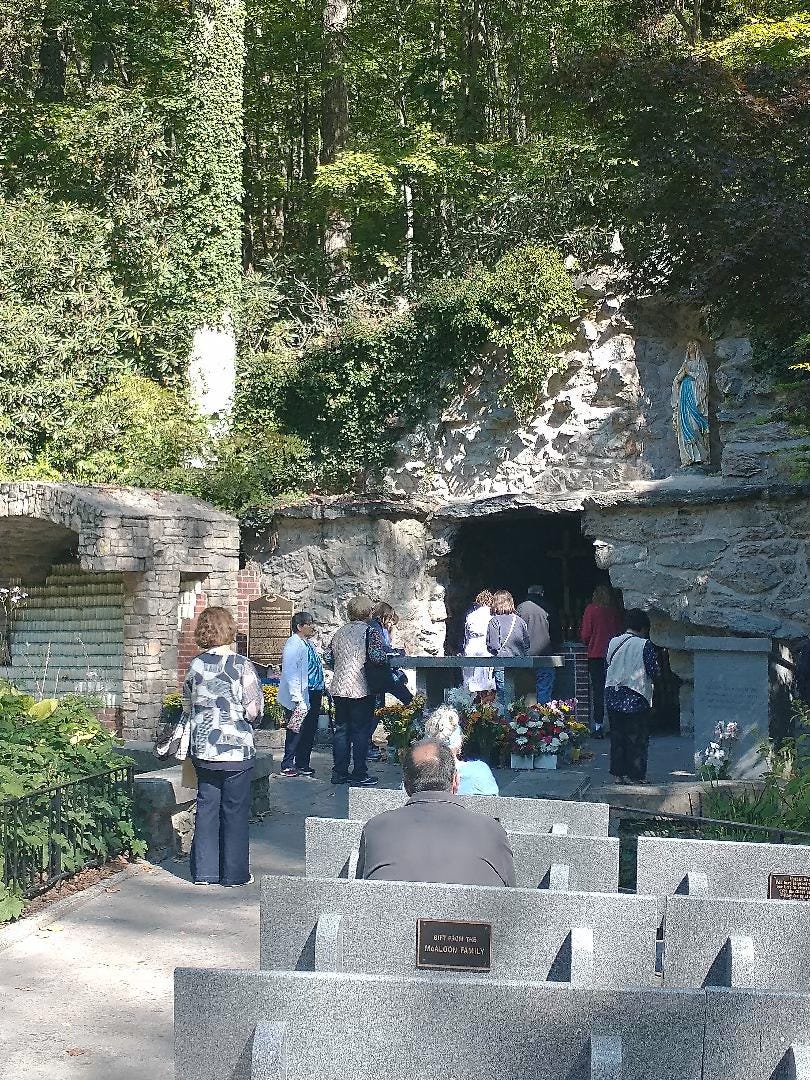
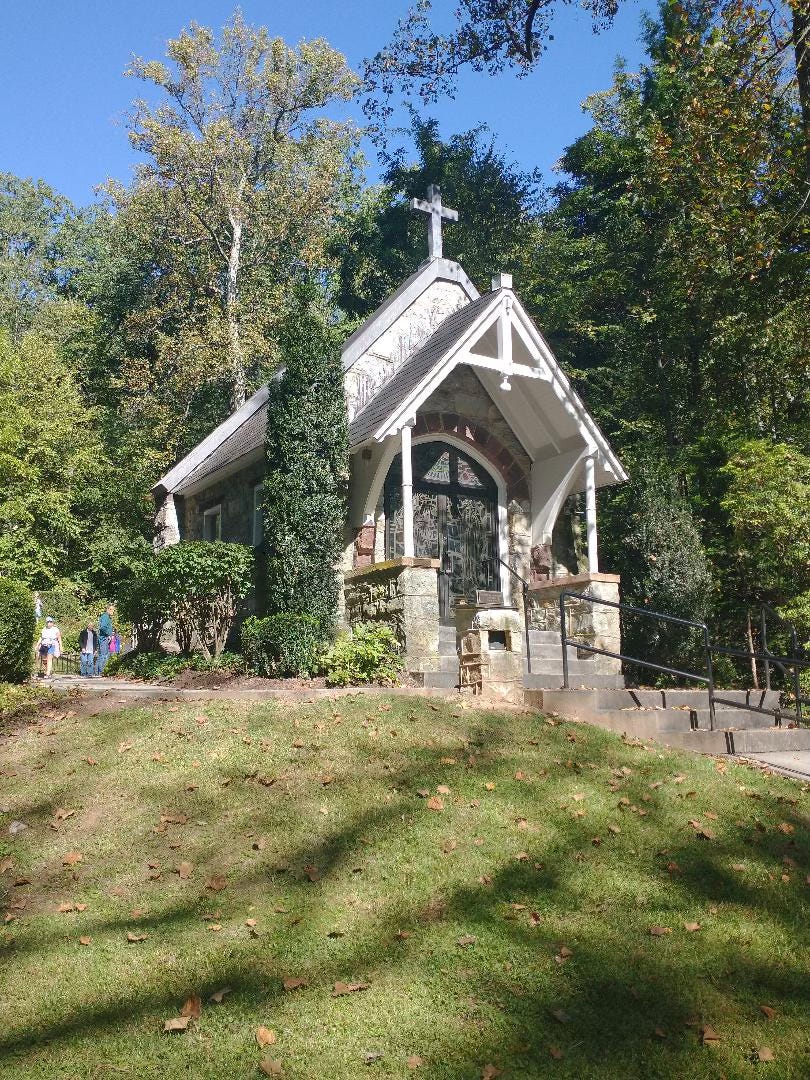
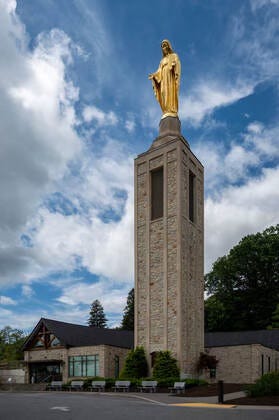









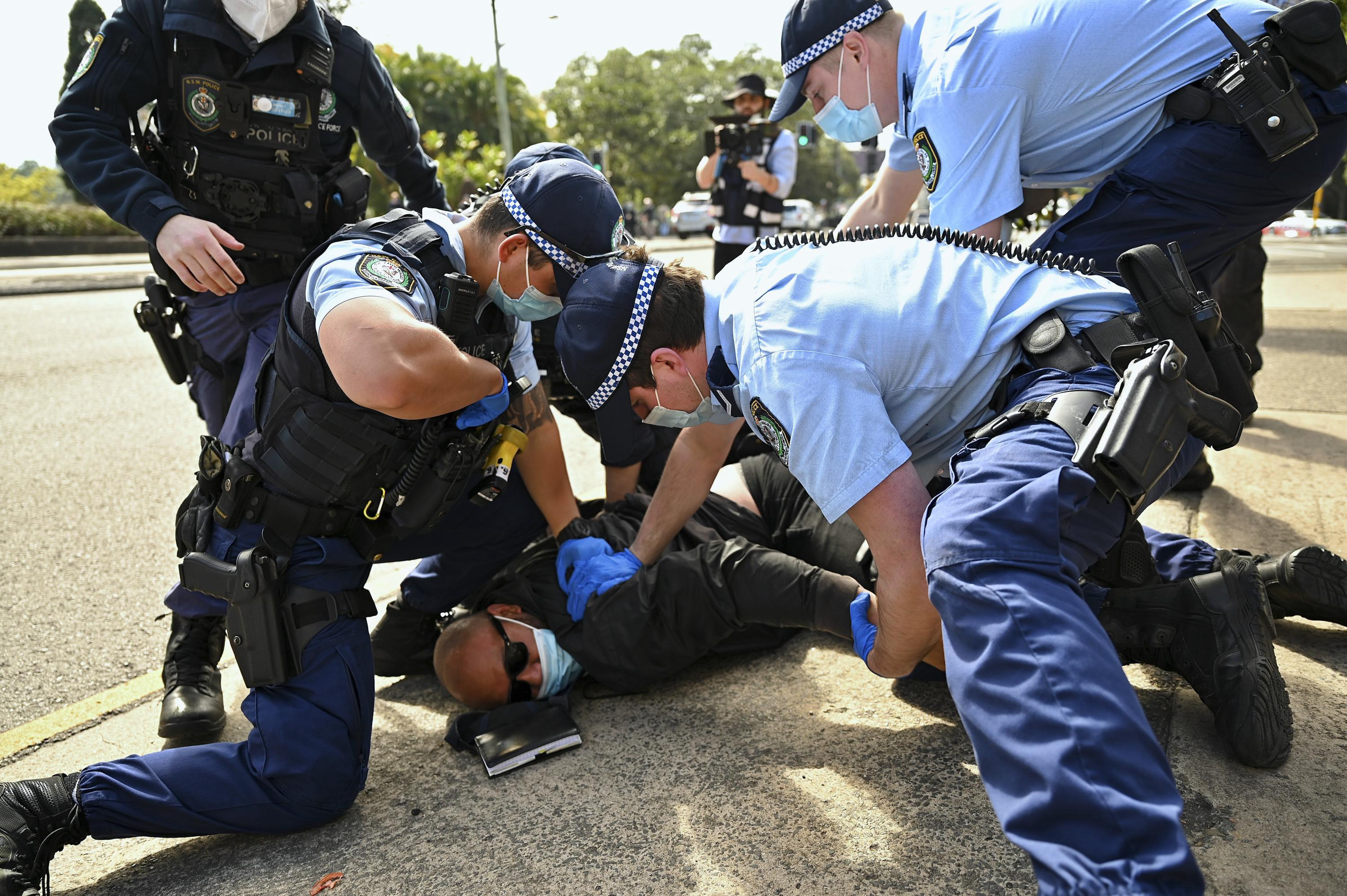

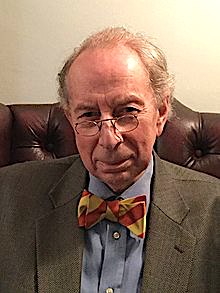





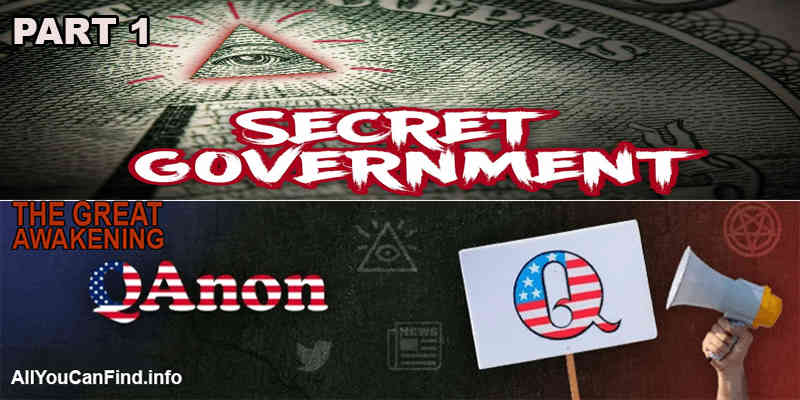
.jpg)
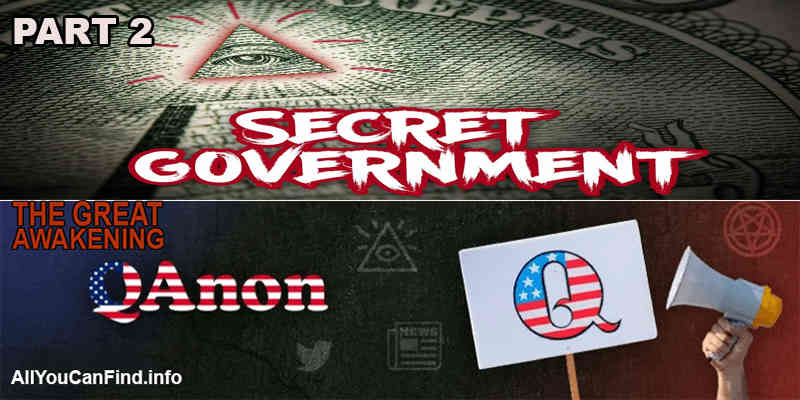


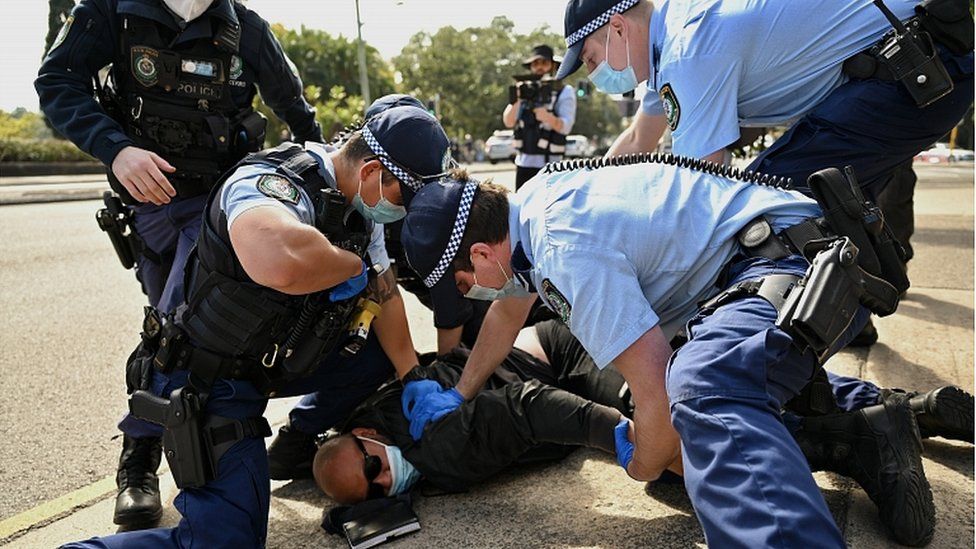


 English (US) ·
English (US) ·  French (CA) ·
French (CA) ·